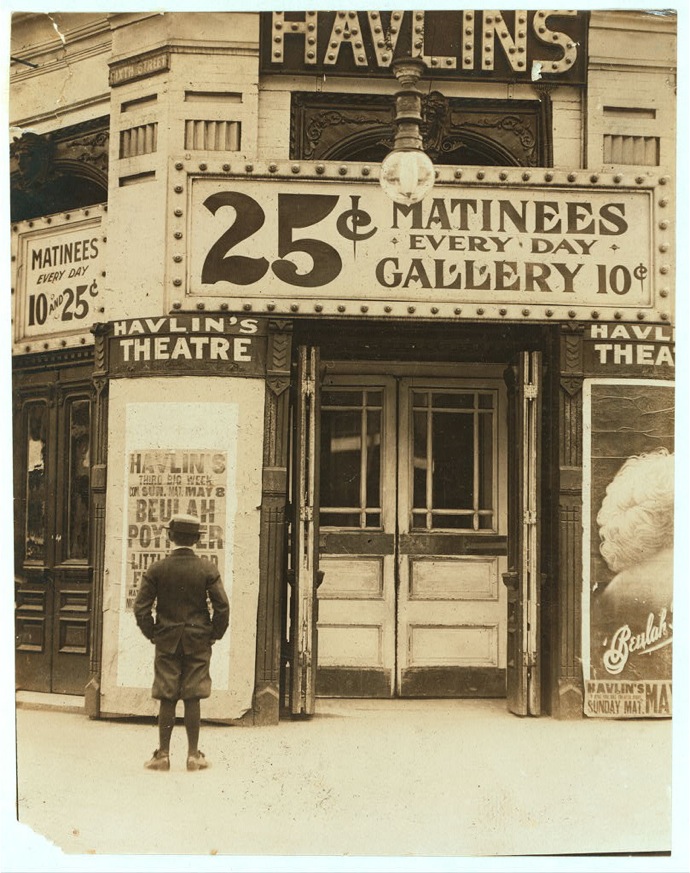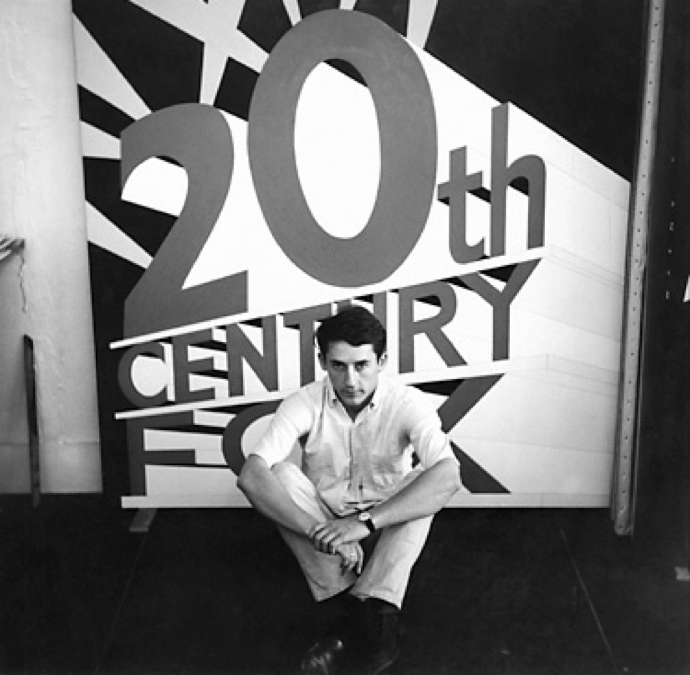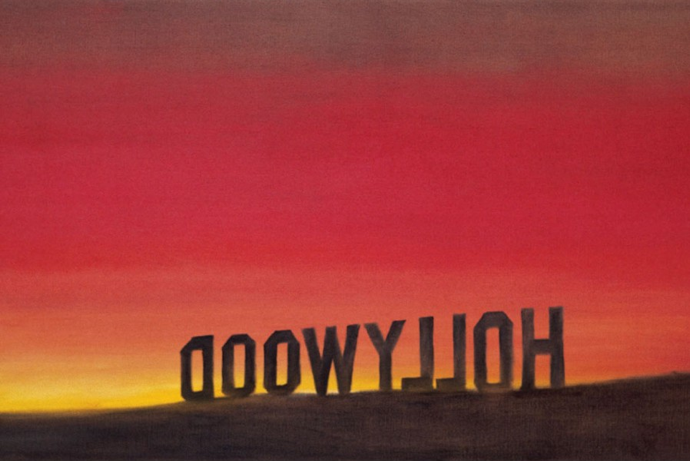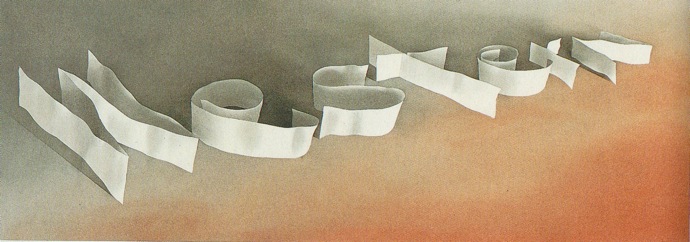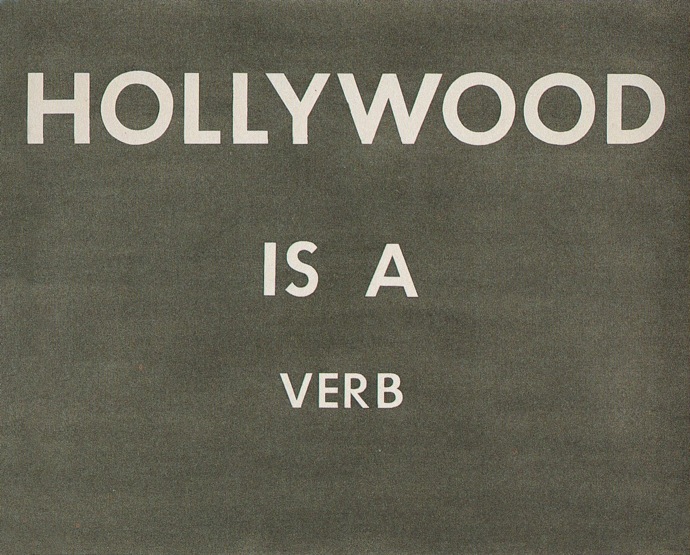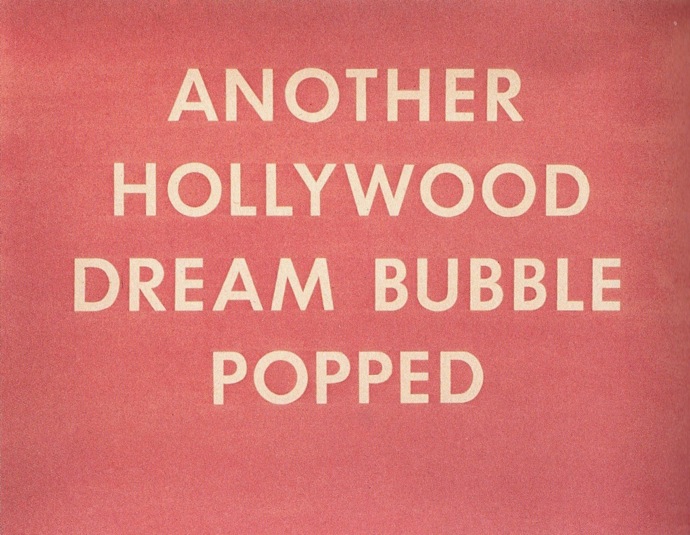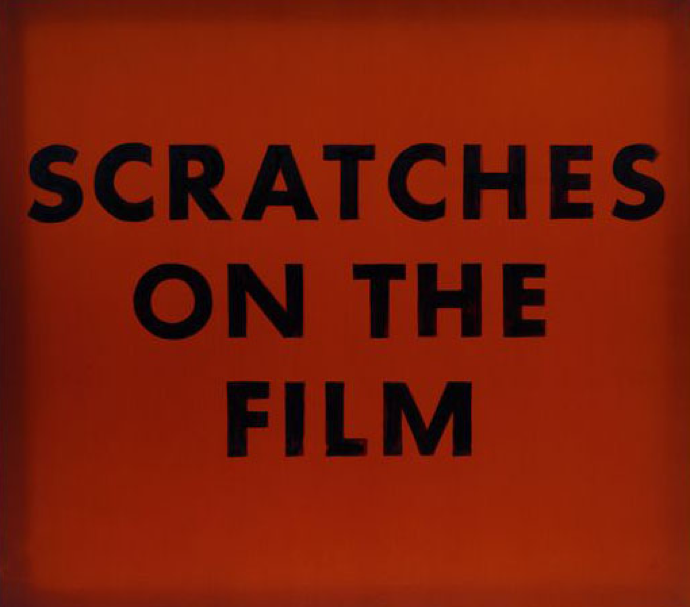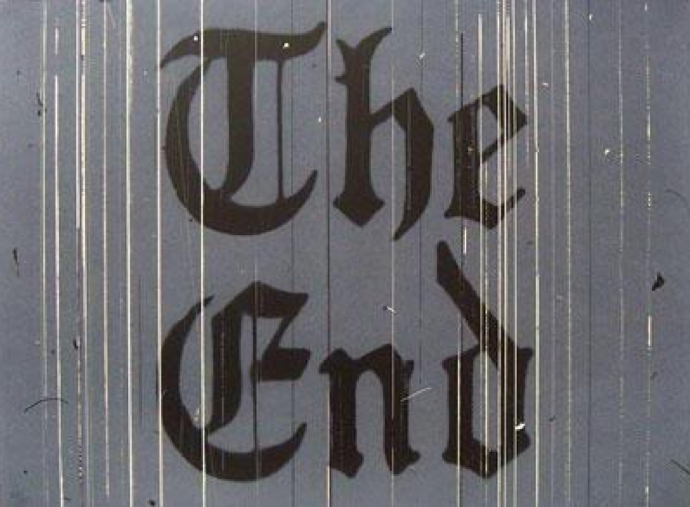Jun 2, 2013 0
Jan 2, 2011 0
Raymond Depardon, The Picture Thief
I would give anything to be in Paris right now to catch Raymond Depardon’s La France at the BNF, in order to see his miraculous and ordinary (yes, those two words can go together) photographs up close. Raymond Depardon is a photographer and a filmmaker, the French equivalent to a modern-day Paul Strand, and film work has often been compared to Frederick Wiseman. Depardon’s overarching sensibility is that of reverence for small and intimate improvised experience. The result is that each ordinary moment he photographs is enshrined and somehow emblematic of both a dense sweet past, and a thinned out, scattershot present.
Jean-Michel Frodon’s review of the exhibition in Slate.fr is a beautiful piece of writing in its own right. Here is a translated passage that encapsulates the essence of Depardon’s style:
“There is no secret in these photos, no revelation. Depardon’s art was never that of the knockdown, it was often noted for his documentaries about the quality of listening. With his enormous camera, he listened to everyday landscapes. And everyone hears. Everybody hears something, but never the same thing. Everyone takes ownership of these images, they live in our own memories, as reflections as done over time, and most often kept to oneself.”
Depardon’s New York, NY is a film that epitomizes the act of listening. A mobile portrait of the 59th Street Bridge — shot most likely from the Roosevelt Island tram — the film is both intimate and spare. There are some iconic shots of Wall Street, and then we traverse the bridge again with our eyes, this time at night:
Depardon describes his process as that of a flâneur losing himself in the crowd. This passage is from his essay entitled “The Picture Thiefâ€:
I would seek cover amidst the throngs of people in the busy streets of these big metropolises. For a few hours, a few days, I was an inhabitant, a special kind of local. I remained a foreigner, but I was adopted and protected by the crowd. I have always liked being invisible, disappearing as soon as I’m noticed and slipping unobserved from one street to the next without trying to hide. I remained a tourist a little off the beaten track, full of curiosity, but always an amateur.
I think Depardon is overdue for a New York retrospective, similar to the one MoMA mounted for Wiseman. His filmography is vast and varied, and includes documentary, narrative, and short-form work. Unfortunately, not much is available on DVD.
More:
An interview with Depardon in Cinemascope [Engilsh]
Aug 4, 2010 0
Maurice Tabard, Film Solarize
Assistant to his father in a silk mill, fashion photographer, friend to Man Ray, X-ray technician, master of solarization and the double exposure…Maurice Tabard had quite the C.V. Unfortunately most of his work was destroyed during the war. Below is a rare oversize filmstrip that has been solarized by Tabard — arresting, no? The Sabatier effect in action.
Jun 20, 2010 0
Ed Ruscha and Film
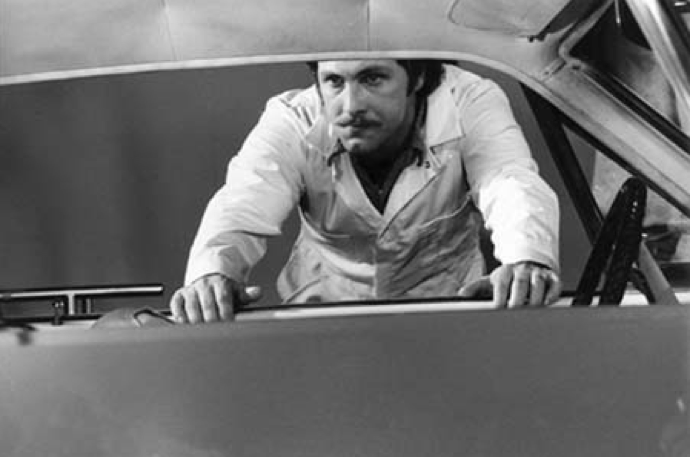
A B&W still from Ed Ruscha’s film Miracle [1975].
After catching Ed Ruscha’s rare early films at Anthology — two utterly sublime set pieces that riff on the American holy trinity of cars, food, and women — I wanted to gather together all of Ruscha’s art that directly referred to cinema. This proved to be an impossible task, for the L.A. artist absorbed movie aesthetics the way a sponge absorbs water. A certain disaffected cinematic consciousness imbues almost all his photographic work, especially his exercises his serialism [Twentysix Gasoline Stations, Thirtyfour Parking Lots]. These photographs could be establishing shots from an LA film noir, or alternately, Ruscha could be conceived as donning an industry role: the artist as location scout. I like Ruscha’s description of how movies made unknown places known to him, and virtually paved the way for his arrival.
When I first went to New York at about age 20 I felt like I was in a familiar land. Movies laid out the carpet that I would walk down to see the city. It was kind of like going to Oz. The same thing happened with LA. It seemed like movies initiated me to new lands. I can’t be exactly specific, but I’m inspired by the clichéd activities in films. For example, in movies from the 40s there was always a train that was depicted as a little spot in the lower right hand corner of the screen and it would always emerge with all of its whistles and steam in the upper left hand side of the frame. It was a bridge between plot action when people were moving from one place to another. It had a powerful, cinematic suggestion to me that directly came into my work as an artist. I still dig the diagonal (laughs). [Excerpted from an interview in Fabrik Magazine]
I dig the diagonal too, which is a powerful compositional element of not only Ruscha’s photographs but his drawings. Several of his most-lauded pieces play with angles and anamorphotics of famous cinematic landmarks and logos, such as the Hollywood sign as viewed from behind and from the side, where the stagecraft used to the erect the letters is revealed.
Hollywood as a metonym figures prominently in his text constructions as well, which are reminiscent of title cards, billboards, or signage. Of course Ruscha would write HOLLYWOOD IS A VERB, emerging from a smog made up of hazy graphite. ANOTHER HOLLYWOOD DREAM BUBBLE POPPED evokes a rosy-fingered mirage.
Ruscha loved the end credits, and that last title card appears in several of his later drawings. They specifically capture the materiality of cinema by showcasing the scratches and lines that characterize a worn-out film print. Part of the reason why Ruscha’s films are not well-known is because he insists that they be shown on film, insisting on their original medium (and perhaps damning them to obsolescence). One can almost hear the faint whirring of the projector as it reaches the end of the reel.
Mar 4, 2010 0
A Pot-pourri of Links
art + video
It’s Armory Week, and the number of openings, events and parties in the next few days makes my head spin. Aside from the usual mainstays, the new kid on the block this year is the Independent. Born out the ashes of X-initiative, it offers an alternative to the inescapable shopping mall ambiance of the art fair — there’s even a panel on gluttony! And a film program too. Check it out here.
Scope also has a video program, with work by Martha Colburn, George Kuchar and fashion-y films. Sashay!
design
Check out the next generation of Polish film poster design.
fashion
Look who’s copying a page from the Vezzoli playbook: Agyness Deyn deigns to appear in a McDermott and McGough film.
film reviews
Andrew Grant (nom de blog: filmbrain) reviews The Ghost Writer, and thinks it’s pretty good.
You should see it, especially since all proceeds from the film go to the Roman Polanski legal defense fund. (Kidding!)
mystery flavor
My favorite posthuman Andrei Codrescu is anti-Avatar, and pro-zombie. Deliciously brainy as always.
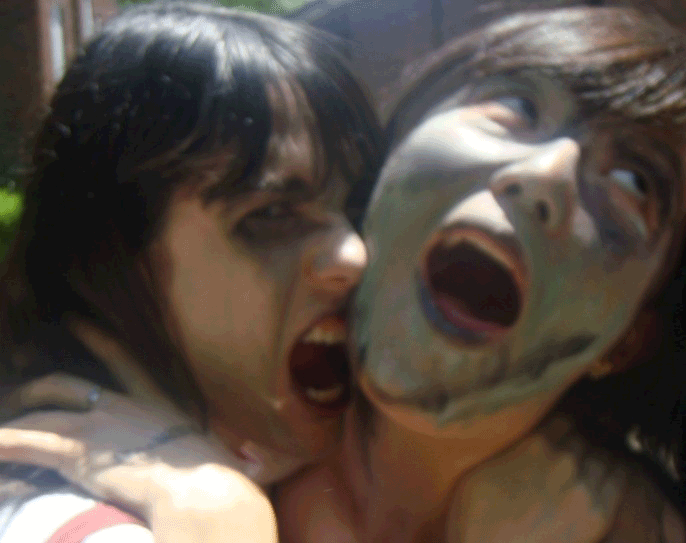
My friend Ziyan and I as zombie-vampire hybrids. Kristen Stewart, eat your heart out.
new york
Movie program ephemera from the 8th street Playhouse, which I remember going to as a little girl. Thanks to reader Jack for the tip.
photography
Andy Warhol: Unexposed Exposures just opened at Steven Kashar.
If the Factory had had a facebook page, these would be the pictures that they would post to their wall. Lots o’ pics online too.
watch online
The first and only truly Beat film Pull My Daisy (Frank and Leslie, 1959) is on Google Video.
